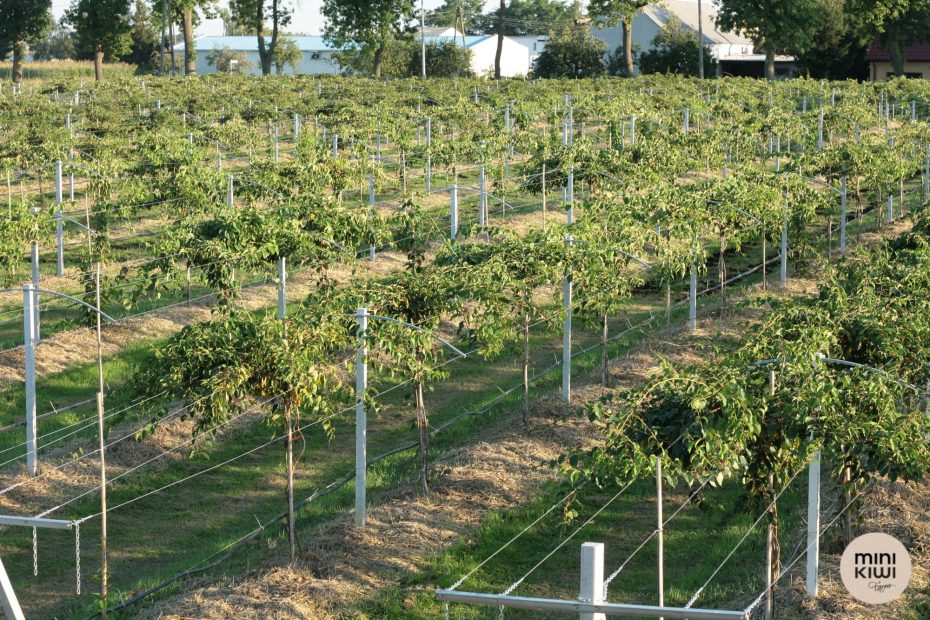On March 27, we went to Kouloura, where kiwi is produced. We had the opportunity to see the warehouse from the inside and visit the cold store. We learned about how kiwi is grown and the importance of its production in Greece.
Origin
Kiwi is getting more and more popular with each season. It is a fruit that comes from China. Its name refers to the New Zealand flightless bird, because its intensive cultivation began there.

Application
Kiwi supports immunity, helps to reduce bad cholesterol and high blood pressure. It is rich in many vitamins and nutrients, including vitamin C, potassium and dietary fibre. It is ideal for various types of salads and desserts and perfectly harmonizes with the taste of meat. Most often it is eaten raw, but it can also be processed into jams, juices or sparkling wines.
Taste and appearance
Kiwi has a brown skin covered with hairs, has a juicy, green flesh with a jelly-like texture. Inside it contains numerous brown seeds. Kiwi has a slightly sour taste, while its mature form is more sweet and refreshing.
Cultivation
It is a dioecious plant, i.e. a plant on which there must be at least one type of flowers, e.g. female. To get fruit, we need to plant plants with male and female flowers. It is very important to ensure proper soil moisture. We make cuts in the winter, in June and at the turn of July and August. Cut the stems at the base. It is important to protect the bushes from the wind, because the kiwi has a very thin skin that can be easily damaged. They should be fertilized twice a year. Kiwi can be stored for 6 months, during which time it does not lose its nutritional value.